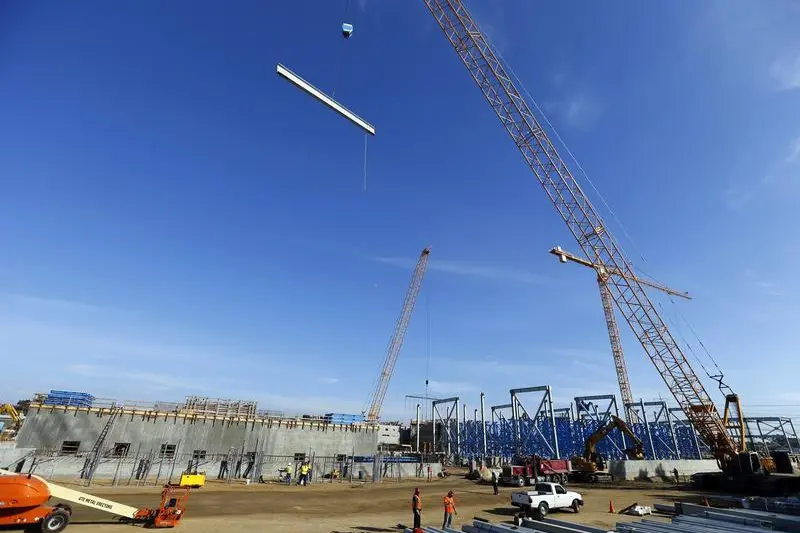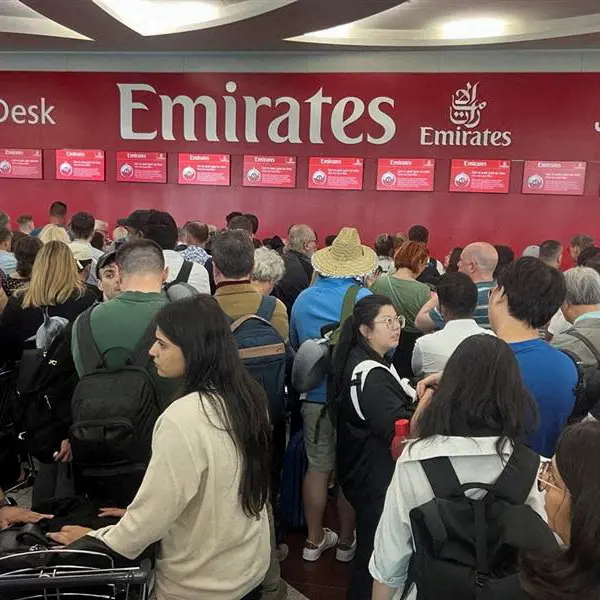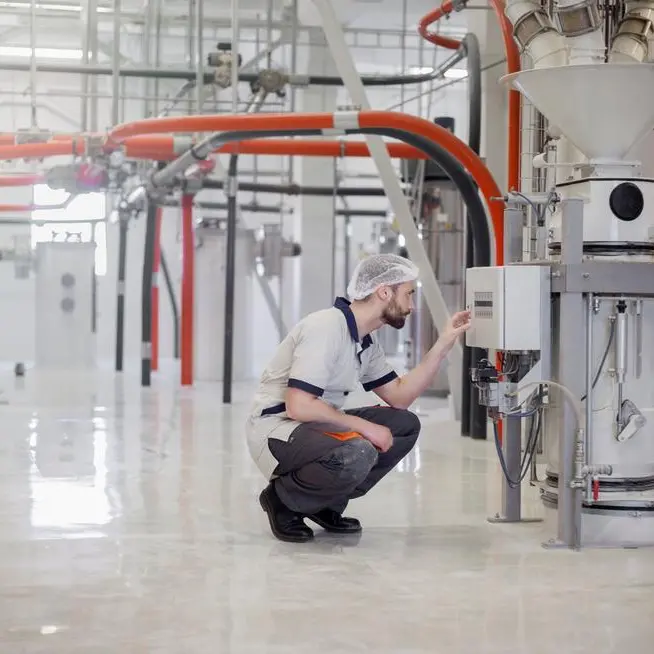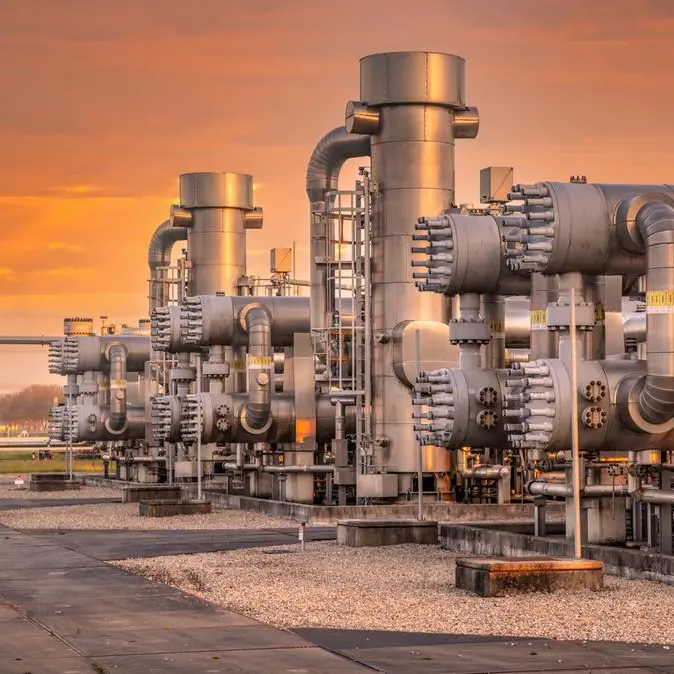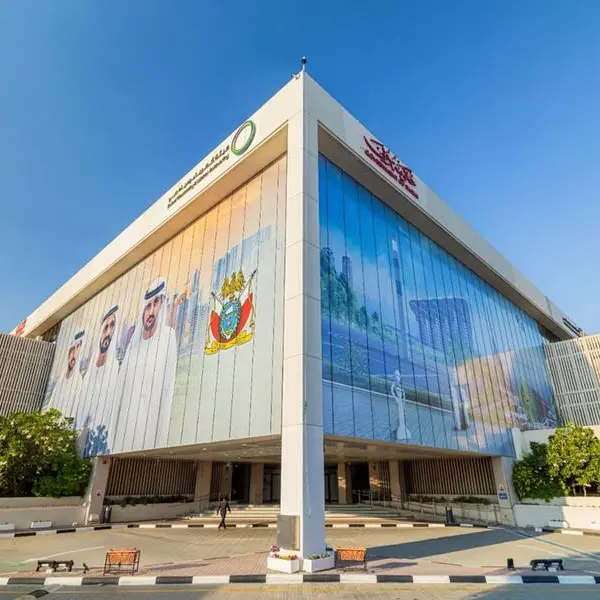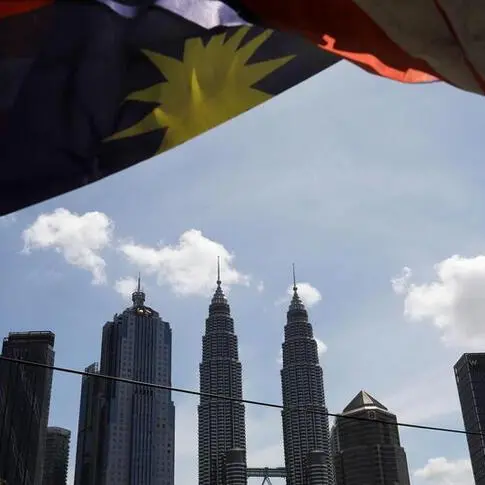PHOTO
New template: Build-Own-Operate based contracts showing considerable promise, says Authority
Muscat - Oman's Public Authority for Electricity and Water (PAEW) says it will apply the Build-Own-Operate (BOO) model in the procurement of small desalination projects -- broadly mirroring the template that has long underpinned the procurement of large independent power and water schemes in the Sultanate.
Small desalination plants, which typically range in capacity from 1,000 m3/day to 10,000 m3/day, contributed around 11 million cubic metres of potable water to small outlying communities around the Sultanate in 2015. This compares with an aggregate output of 288.6 million generated by large, predominantly privately owned schemes last year.
PAEW owns as many as 37 small desalination plants offering a total production capacity of around 37,000 m3/day. These are distributed around the rural parts of eight governorates of the Sultanate, notably Muscat Al Dakhiliyah, North and South Al Sharqiyah, Al Dhahirah, Musandam, Al Wusta and North Al Batinah.
But with potable water demand continuing to grow in areas unserved by the main interconnected systems of North Oman, as well as North and South Al Sharqiyah, the Authority says it plans to add new small plants to its network. These new investments, however, will not be pursued on the lines of conventional Engineering-Procurement-Construction (EPC) contracts, but a new model altogether, it noted.
"PAEW has recently moved to a new 'Build Own Operate' model for these plants which places full responsibility on the developer for the long term performance of their equipment. These contracts are showing considerable promise and we are looking to extend the approach elsewhere, particularly in Musandam where PAEW plans a number of small plants to reduce reliance on very expensive tanker ships to supply isolated villages," the Authority said.
"In Duqm in Al Wusta PAEW is working with the Special Economic Zone Authority at Duqm (SEZAD) to ensure supplies of drinking water to the new town and is currently considering how best to meet the growing demand in this area," it added in its newly published Annual Report - 2015.
Aside from output from desalination plants, around 20 per cent of potable water supply -- amounting to 61.4 million cubic metres -- came from groundwater resources in 2015, according to the Authority. More than 750 wells, located in various parts of the country, are currently in operation around the country, although the large majority serve areas falling outside the interconnected zones.
Output from groundwater resources rose 4 per cent in 2015, largely because desalination plants were operated at near optimum capacity. PAEW says it is committed to heeding the government's general policy of reducing reliance on groundwater supplies for drinking water. As new desalination capacity enters service over the next few years, the proportion of water from wells entering the PAEW system is expected to fall, it noted.
"Water production (that is water entering the PAEW system from wells and desalination plants) rose in 2015 by about 6 per cent to more than 300 million m3. This reinforces the suggestion that the rate of growth in demand has stabilised at a significantly lower level than seen previously -- in the late 1990s demand was growing at a rate of almost 20 per cent a year," the Authority added.
© Oman Daily Observer 2016
